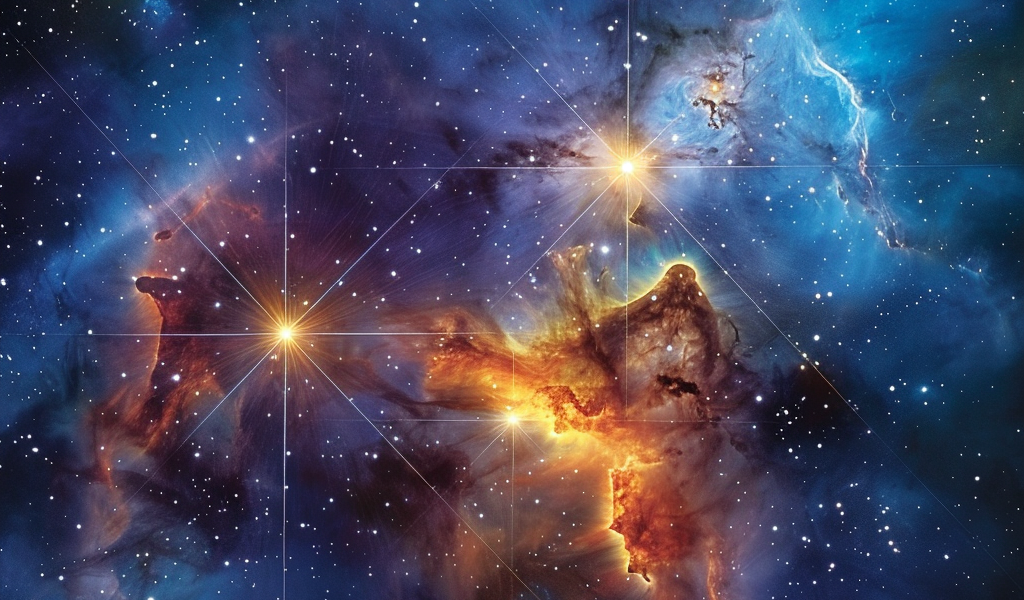In a groundbreaking discovery, NASA’s Transiting Exoplanet Survey Satellite (TESS) has identified a remarkable triple-star system, designated TIC 290061484, nestled in the constellation Cygnus, approximately 5,000 light-years from Earth. This unique system is notable for its extraordinarily tight orbits, making it a record-holder for the closest three-star arrangement ever observed.
The TIC 290061484 system comprises two stars that orbit each other in a swift 1.8 Earth days, accompanied by a third star that completes its orbit around the pair every 25 Earth days. This configuration is unprecedented, surpassing the previous record-holder, Lamba Tauri, which was identified in 1956 and featured a third star that took 33 days to orbit its twin stars.
The discovery was made possible through the collaborative efforts of citizen scientists and professional astronomers. Participants from the now-defunct Planet Hunters project, which operated from 2010 to 2013, joined forces with experts to form the Visual Survey Group. Their combined efforts have led to significant advancements in our understanding of exoplanetary systems over the past decade.
Veselin Kostov, a member of the discovery team from NASA’s Goddard Space Flight Center and part of the SETI Institute, expressed enthusiasm about the findings. He stated, “Thanks to the compact, edge-on configuration of the system, we can measure the orbits, masses, sizes, and temperatures of its stars. This allows us to study how the system formed and predict how it may evolve in the future.” This information is crucial for astronomers seeking to understand the dynamics of multi-star systems.
The stability of TIC 290061484 is attributed to the nearly coplanar orbits of its stars. This alignment minimizes gravitational disruptions that could lead to instability in the system. However, experts caution that this equilibrium is not permanent and may last only a few million years. While this duration is substantial on a human timescale, it is relatively brief in astronomical terms.
The discovery of such a tightly bound star system opens up new avenues for research into stellar formation and evolution. Scientists are particularly interested in how these stars interact and the potential for planets to exist within such systems. The ongoing study of TIC 290061484 will undoubtedly contribute to our broader understanding of the universe and the mechanics of celestial bodies.
As research continues, astronomers are eager to explore the implications of this discovery, particularly regarding the frequency of similar systems in the cosmos. The findings suggest that while such tightly bound star systems may be rare, they could be more common than previously thought, challenging existing theories about star formation and stability.
This discovery not only highlights the capabilities of TESS but also underscores the importance of citizen science in advancing our knowledge of the universe. The collaboration between amateur astronomers and professionals exemplifies how collective efforts can lead to significant scientific breakthroughs.
As we continue to gaze into the depths of space, the identification of TIC 290061484 serves as a reminder of the complexity and wonder of the universe. It invites further exploration and raises questions about the nature of stars and their interactions, paving the way for future discoveries in the field of astrophysics.
Stay tuned for more updates on this exciting discovery and other developments in space exploration as scientists delve deeper into the mysteries of the cosmos.





